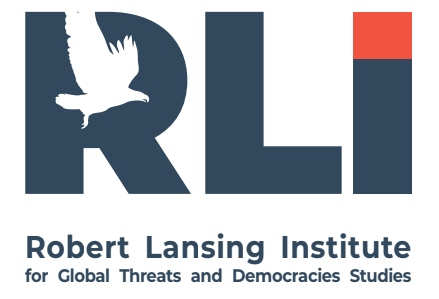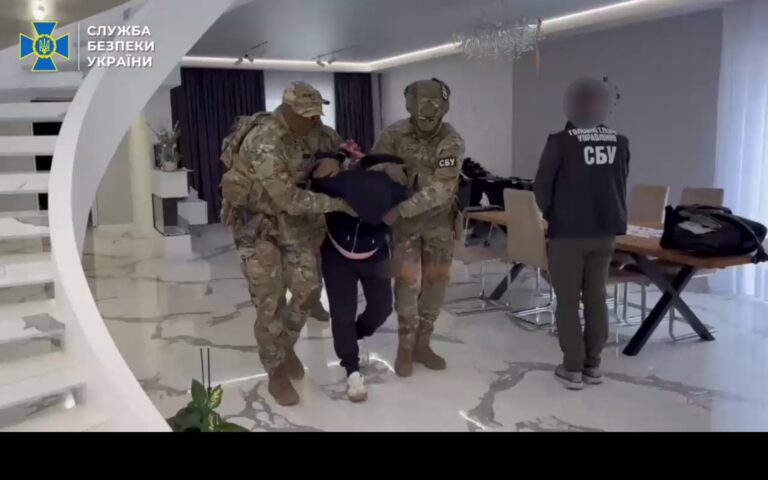For the first time in Ukrainian history, the Security Service of Ukraine (SBU) has exposed an active network of Hungarian military intelligence agents operating in Zakarpattia. The incident sheds light not only on Budapest’s covert ambitions in the region but also on the fragility of NATO unity amid Hungary’s increasingly revisionist policies.
I. Strategic Goals of Hungary’s Covert Operations in Ukraine
- Territorial Revisionism: Hungary has long expressed concern over the rights of ethnic Hungarians in Zakarpattia. Intelligence gathering in the region suggests Budapest may be preparing for contingencies involving territorial claims or influence.
- Influence Projection: By understanding Ukraine’s military vulnerabilities, Hungary may be positioning itself to exert political or military pressure in case of Kyiv’s weakening.
- Ethnic Leverage: The focus on behavioral scenarios involving ethnic Hungarians points to Budapest’s readiness to mobilize minority issues as a pretext for intervention, drawing parallels to Russia’s use of Russian-speaking populations.
II. Hypothetical Invasion Scenarios and Peacekeeper Pretext
- Scenario 1: “Protecting Minorities” – Under the pretext of rising instability or “genocide” against ethnic Hungarians, Budapest could deploy limited forces into Zakarpattia claiming humanitarian intent.
- Scenario 2: “NATO Buffer Operation” – In a deteriorating security situation, Hungary may argue it is acting as a stabilizing NATO presence—though this would be unsanctioned by the Alliance.
- Scenario 3: “Bilateral Peacekeeping” – Hungary could propose or implement a peacekeeping mission in coordination with Russia or under a non-NATO flag to split Western unity.
III. Hungary’s Hypothetical Invasion Forces Hungary’s armed forces are modest but modernized:
- Approx. 30,000 active military personnel, with some NATO-standard equipment.
- Rapid reaction forces and special operations units could be used for limited incursions.
- Air mobility via recently acquired helicopters and Gripen jets could support a symbolic occupation or border operation. While Hungary lacks the capability for a full-scale invasion, its military is sufficient for a limited peacekeeping or occupation maneuver in western Ukraine.
IV. Intelligence from Front Lines: Links to Russia?
- Motivation: Hungary’s desire to gather intelligence from front-line regions raises red flags. Such data has little utility for purely Hungarian national security needs.
- Possibility of Intelligence Sharing: The nature of the intelligence—related to Ukrainian defense vulnerabilities—could be of high value to the Kremlin. Given Budapest’s obstructionist behavior within the EU and NATO, covert intel-sharing with Russia cannot be ruled out.
- Past Behavior: Viktor Orbán’s government has routinely undermined Western consensus on Ukraine, opposing sanctions, blocking arms shipments, and maintaining energy ties with Moscow.
V. Risks to NATO and Regional Stability
- NATO Credibility: A member state undermining Ukrainian sovereignty challenges NATO’s moral and operational cohesion.
- Internal Fragmentation: Hungarian actions provide Moscow with a tool to sow discord within the Alliance.
- Escalation Risk: Unauthorized intervention or covert operations could trigger broader regional conflict, particularly if Russia responds asymmetrically in another part of Ukraine.
VI. Risk Mitigation Strategies
- Increased NATO Oversight: NATO must more closely monitor the activities of member states near conflict zones and enforce transparency in intelligence operations.
- Ukrainian Counterintelligence Expansion: Ukraine should strengthen monitoring of minority regions and expose malign foreign influence more proactively.
- Alliance Discipline: The EU and NATO should consider conditionality mechanisms, limiting Budapest’s access to funds or operational privileges if it violates collective security norms.
- Support to Zakarpattia: Western states could provide economic and civic support to Zakarpattia to reduce local vulnerabilities to Hungarian influence campaigns.
The exposure of a Hungarian military intelligence network in Ukraine is not merely a diplomatic incident—it reflects a growing strategic rift within NATO. Hungary’s irredentist aspirations, covert operations, and ambiguous ties to Russia pose a multifaceted threat to regional stability. As Russia’s war in Ukraine continues, the risk of second-front destabilization must be addressed with vigilance, unity, and strategic foresight.
There is mounting circumstantial evidence suggesting covert links between Hungary’s military intelligence services and Russia’s GRU (Main Intelligence Directorate). While conclusive proof is difficult to obtain in the realm of clandestine operations, several indicators justify serious concern:
Indicators of Possible Links Between Hungarian Military Intelligence and Russian GRU
1. Overlapping Strategic Interests in Ukraine:
- Both Budapest and Moscow view Ukraine’s territorial integrity as negotiable—Russia seeks to weaken it, while Hungary has expressed irredentist interests in Zakarpattia.
- Hungary’s intelligence gathering on Ukrainian defense capabilities, including front-line information, appears far beyond Budapest’s independent needs, suggesting potential utility for Russia.
2. Diplomatic and Intelligence Behavior:
- Hungary has consistently opposed EU sanctions against Russia, delayed Ukraine-related NATO decisions, and blocked arms aid to Ukraine.
- Viktor Orbán’s regime maintains deep ties with Kremlin-linked networks such as Rosatom, Gazprom, and pro-Kremlin European think tanks.
- Reports from Ukrainian and EU intelligence agencies hint at disinformation synchronization between Hungarian and Russian media narratives.
3. GRU Tradecraft Patterns:
- The methods used by Hungarian operatives—recruitment of ethnic locals, collection of military and socio-political vulnerabilities, and camouflage under cultural pretexts—mirror typical GRU tactics in Eastern Europe.
- Ukraine’s SBU has previously intercepted Russian covert operations masked through third-party actors, particularly in the Balkans and Transnistria.
4. The Case of the “Peacekeeping Pretext”:
- Russia has repeatedly used the “protection of ethnic minorities” as justification for military interventions (e.g., Crimea 2014, Donbas 2014–2022, South Ossetia 2008).
- Hungary adopting a similar line in Zakarpattia could be coordinated or at least tactically aligned with Russian strategic narratives.
While direct operational links between Hungarian military intelligence and the GRU remain unproven publicly, the convergence of strategic goals, mutual obstruction of Ukrainian sovereignty, and shared geopolitical narrativescreates a strong basis for suspicion. These ties could represent a Trojan horse within NATO, giving Russia indirect access to sensitive intelligence and policy leverage through Budapest.
Under What Conditions Could Hungary Be Ready to Intervene Militarily in Ukraine?
While a full-scale Hungarian invasion is unlikely due to NATO membership constraints and limited military capabilities, Budapest may consider a limited intervention or incursion under the following circumstances:
1. Collapse or Major Retreat of Ukrainian Central Authority
If Russia were to break Ukrainian resistance and Kyiv’s control weakens in western oblasts, Hungary may frame an intervention as a stabilization or protection mission, especially if ethnic Hungarians in Zakarpattia are perceived as being at risk.
2. Ethnic Unrest or Provocation
A manufactured or actual incident involving ethnic Hungarians in Ukraine—possibly fueled by disinformation or covert action—could be used to justify an “emergency deployment” to “protect kin abroad.” This would mirror tactics seen in Crimea and Donbas.
3. Coordination or Green Light from Moscow
If Russia is actively destabilizing Ukraine on other fronts or seeks to divide NATO focus, it could encourage Hungary—either directly or indirectly—to open a symbolic second front. Intelligence sharing or joint scenario planning between Russian and Hungarian services could enable this.
4. Breakdown of NATO or EU Unity
In a scenario where NATO becomes paralyzed or fragmented due to political changes in major member states, Hungary may feel emboldened to act unilaterally without fear of major repercussions.
5. Domestic Political Crisis or Nationalist Surge in Hungary
Orbán could use a foreign policy crisis to divert attention from domestic issues or consolidate power by appealing to nationalistic sentiments. A “defensive” intervention in Zakarpattia might serve as a unifying national cause.
Assessment of Readiness
Hungary is not currently preparing for large-scale war, but the groundwork for a limited operation is being laid via:
- Intelligence mapping of military vulnerabilities.
- Sociopolitical profiling of Zakarpattia’s population.
- Narrative preparation through controlled media.
- Legal and doctrinal tools that would allow labeling such action as peacekeeping or “ethnic protection.”
Political Forces in Hungary Interested in Intervention
The idea of military or political intervention in Zakarpattia, Ukraine, is not mainstream in Hungary—but it finds support among key political factions and ideological currents, primarily within the ruling elite and nationalist circles:
1. Fidesz Party and Orbán’s Inner Circle
- Viktor Orbán’s Fidesz party has cultivated a national-conservative and revisionist agenda, emphasizing Hungary’s “historic borders” and protection of ethnic Hungarians abroad.
- Orbán himself has openly criticized the Treaty of Trianon, fueling sentiments about lost territories like Zakarpattia.
- Intervention, even symbolic, could serve domestic political goals, reinforcing national identity and distracting from internal discontent.
- The head of Hungarian military intelligence, officially the Military National Security Service (KNBSZ), is widely believed to be aligned with the Fidesz party, led by Prime Minister Viktor Orbán. Orbán’s government has centralized control over Hungary’s intelligence and security institutions, appointing loyalists and allies into key posts to consolidate political power and ensure alignment with the regime’s nationalist and often pro-Russian foreign policy stance.
2. Hungarian Nationalist Groups
- Far-right movements like Mi Hazánk Mozgalom (Our Homeland Movement) advocate for territorial revisionism more explicitly and view Zakarpattia as a legitimate area of Hungarian influence.
- These actors may push for more aggressive foreign policy stances, framing intervention as a “moral obligation.”
The emergence of far-right nationalist movements across Europe has often coincided with foreign disinformation campaigns and geopolitical destabilization strategies. In Hungary, the rise of Mi Hazánk Mozgalom (Our Homeland Movement)—a radical nationalist party—raises particular concern due to its ideological alignment with Kremlin narratives.
I. Ideological Overlap with Russian Geopolitical Goals
- Anti-NATO and Anti-EU Messaging: Hazánkpromotes narratives hostile to Western alliances, echoing Kremlin messaging that seeks to fragment NATO and the European Union.
- Revisionist Nationalism: The movement advocates for revisiting Hungary’s historical borders, especially concerning territories like Zakarpattia, mirroring Russia’s use of historical grievances to justify aggression.
- Pro-Sovereignty Rhetoric: Calls for “neutrality” and “sovereignty” often serve as euphemisms for weakening ties to Western institutions—an outcome favorable to Russian interests.
II. Russian Media and Propaganda Amplification
- Favorable Coverage: Russian state-affiliated media outlets such as RT and Sputnik have covered Hazánksympathetically, highlighting their criticism of Brussels and NATO.
- Disinformation Ecosystem: Hazánkoperates within a broader European far-right network that has shown susceptibility to Russian influence operations, including participation in pro-Russian events or echoing Russian justifications for the war in Ukraine.
III. Domestic and Geopolitical Implications
- Pressure on Orbán’s Government: Though Hazánk is not part of the ruling coalition, its ideological alignment with some Fidesz narratives exerts pressure from the far right, potentially pushing the government toward more extreme nationalist postures.
- Destabilization of Ukrainian Regions: If supported overtly or covertly by Russia, Hazánk’s influence could exacerbate ethnic tensions in Zakarpattia and other border regions.
- Threat to Alliance Cohesion: As fringe parties gain influence, their narratives can seep into mainstream discourse, threatening Hungary’s commitments to collective NATO security.
Conclusion While hard evidence of operational ties between Hazánk and Russian intelligence is not publicly available, the convergence of ideological aims and mutual amplification warrants concern. As Hungary continues to play an ambiguous role within NATO, monitoring such political movements is essential to countering hybrid threats and preserving regional stability.
3. Hungarian Military-Intelligence Apparatus
- Sections of the military and intelligence services may see value in expanding Hungary’s strategic depth or regional influence.
- Some defense officials reportedly support closer ties with Russia as a counterweight to EU/NATO pressures—a stance that aligns with strategic revisionism.
4. Kremlin-Aligned Political Networks
- Certain Fidesz-linked policy think tanks and media platforms echo pro-Russian narratives, suggesting ideological and strategic alignment with Moscow’s goals of destabilizing Ukraine and fracturing NATO unity.
These links may encourage or validate covert coordination, including scenarios in which Hungary plays a disruptive or secondary front role in Ukraine.
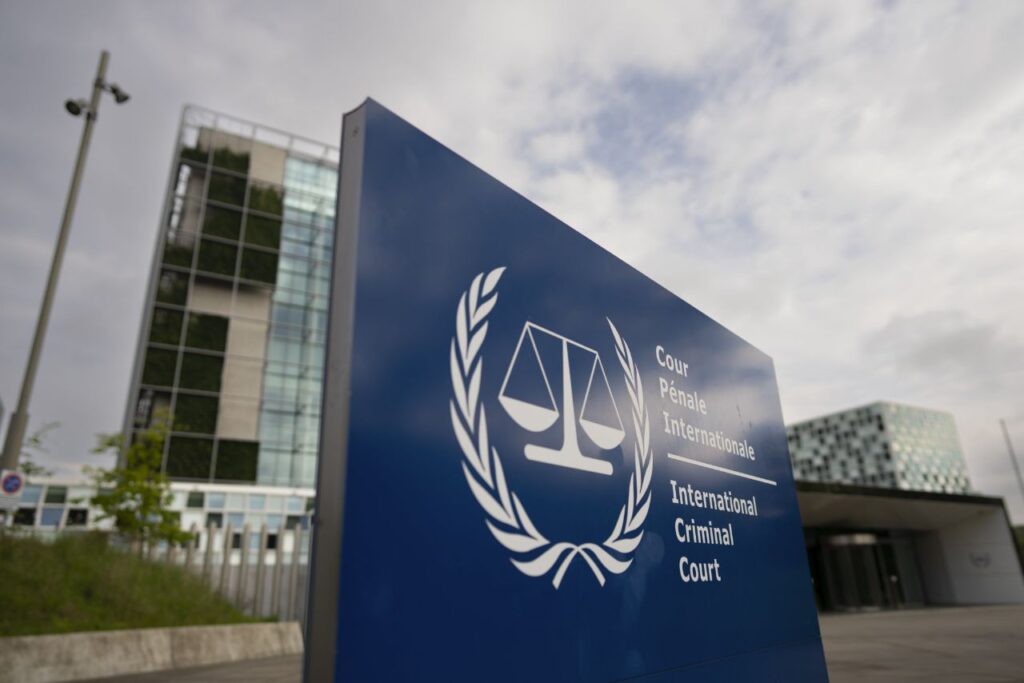
More on this story: Hungary and the ICC: A Test Case for Europe’s Rule-of-Law Commitments
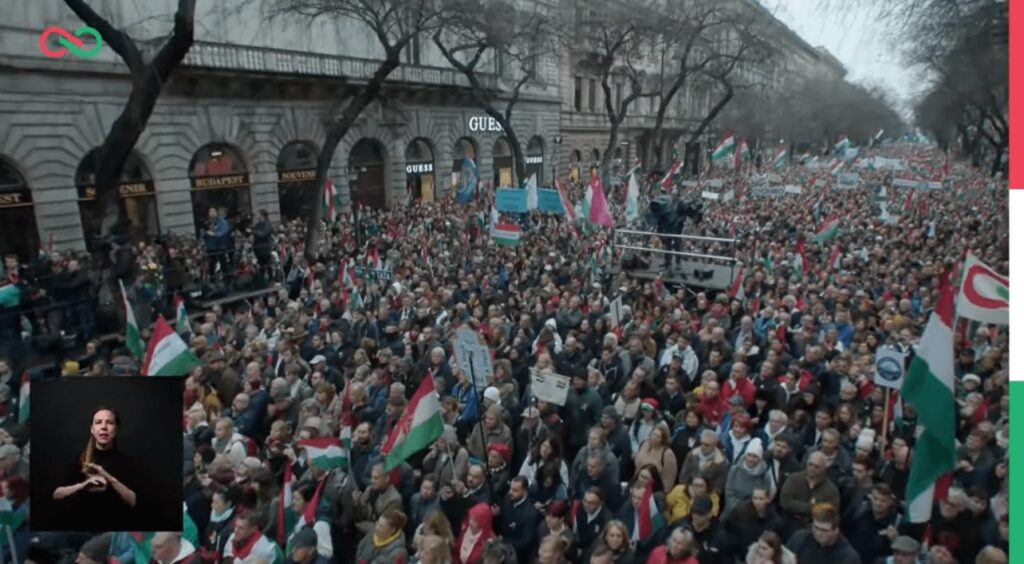


More on this story: Hungary: Trojan Horse in Russia’s Proxy War Against Europe
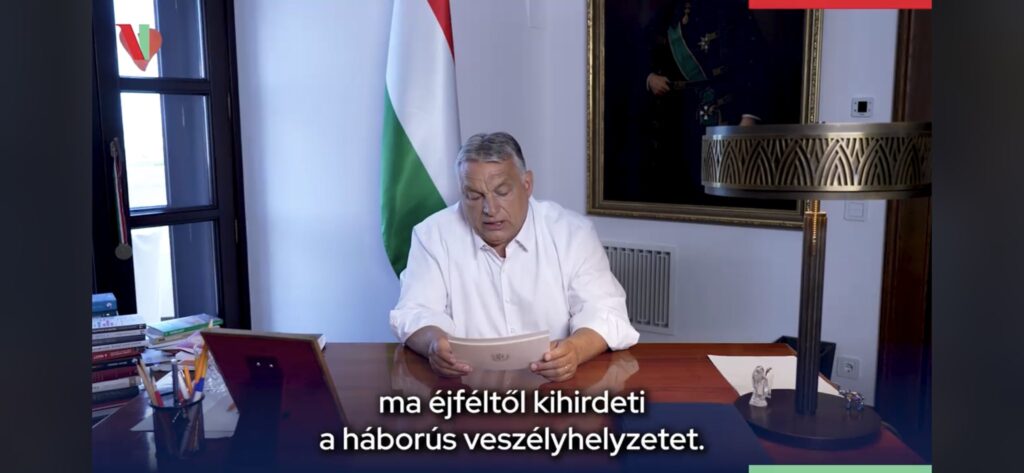
More on this story: Hungary’s Balancing Act: Strategic Risks of Budapest’s Covert Ties with Russia
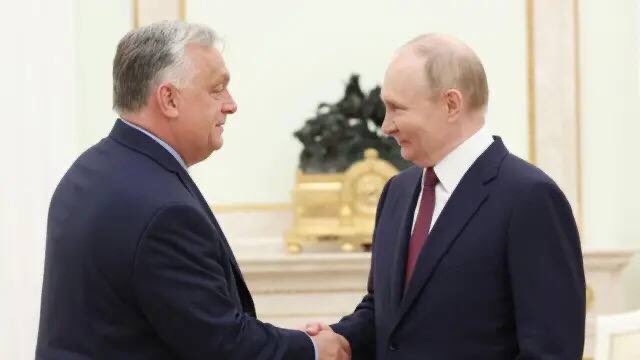
More on this story: Budapest Establishes Infiltration Channel for Russian Intelligence
